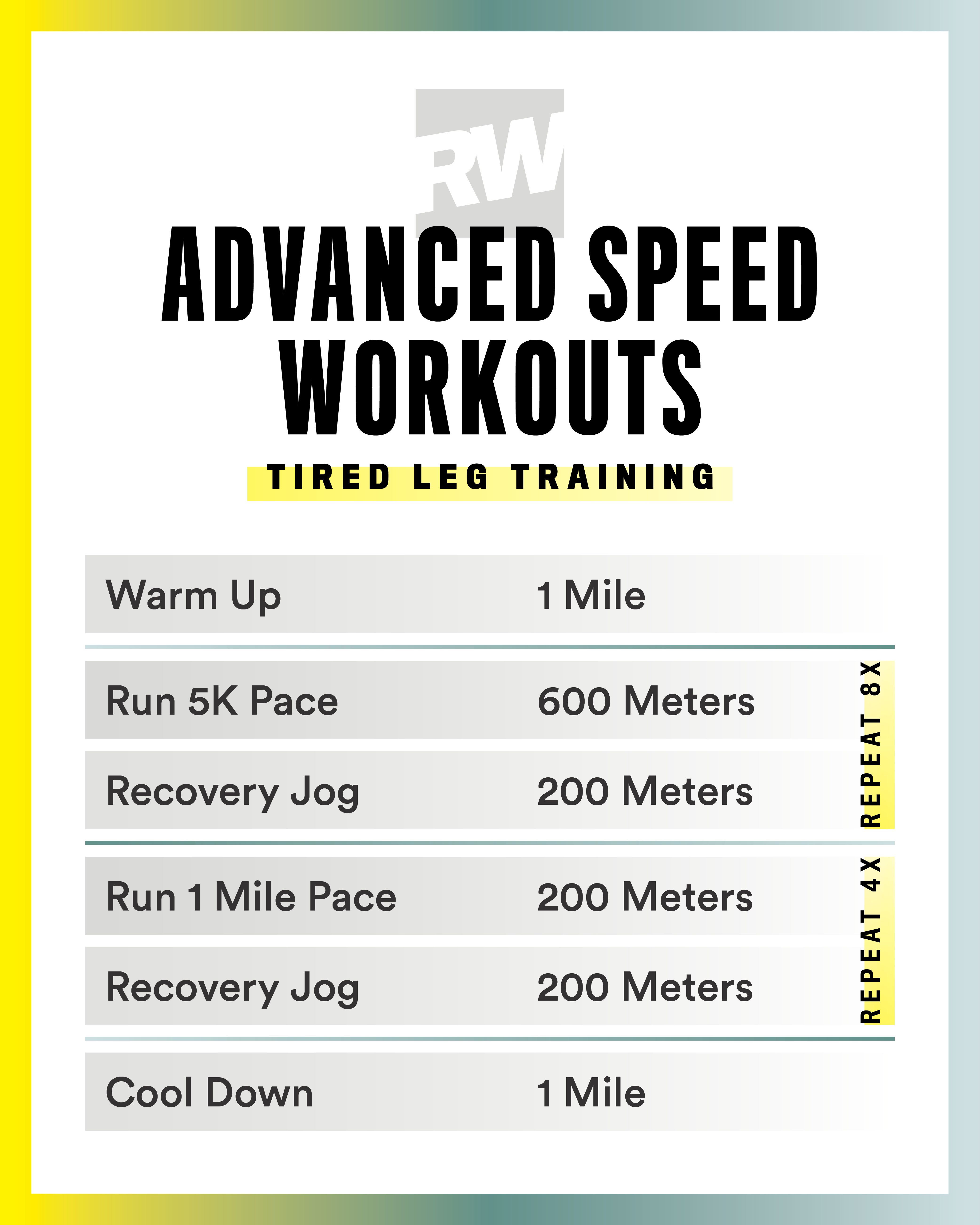Dealing With Typical Running Discomforts: Reasons, Solutions, and Avoidance
As joggers, we usually encounter different pains that can impede our efficiency and satisfaction of this physical task. By discovering the origin factors for these operating discomforts, we can reveal targeted options and preventative actions to make certain a smoother and more satisfying running experience.
Typical Running Pain: Shin Splints
Shin splints, an usual running discomfort, usually result from overuse or incorrect footwear throughout physical activity. The repetitive tension on the shinbone and the cells attaching the muscular tissues to the bone leads to inflammation and pain.
To avoid shin splints, individuals ought to slowly boost the strength of their exercises, put on ideal shoes with correct arch assistance, and keep adaptability and toughness in the muscular tissues bordering the shin (running strategy). In addition, including low-impact tasks like swimming or biking can aid keep cardio health and fitness while permitting the shins to recover.
Usual Running Discomfort: IT Band Disorder
Along with shin splints, an additional common running pain that athletes commonly encounter is IT Band Syndrome, a condition brought on by swelling of the iliotibial band that leaves the external upper leg and knee. IT Band Disorder commonly manifests as pain outside of the knee, particularly during activities like running or biking. The iliotibial band is a thick band of fascia that attaches the hip to the shin, and when it ends up being inflamed or limited, it can massage versus the upper leg bone, causing discomfort and pain.
Joggers experiencing IT Band Disorder might discover a stinging or hurting feeling on the outer knee, which can worsen with ongoing activity. Factors such as overuse, muscular tissue discrepancies, improper running kind, or poor warm-up can contribute to the growth of this condition. To avoid and alleviate IT Band Disorder, runners must concentrate on stretching and reinforcing exercises for the hips and upper legs, appropriate footwear, progressive training progression, and dealing with any kind of biomechanical problems that may be worsening the problem. Overlooking the signs of IT Band Disorder can result in persistent issues and long term healing times, stressing the significance of very early intervention and correct management methods.
Typical Running Discomfort: Plantar Fasciitis

Plantar Fasciitis can be connected to numerous factors such as overtraining, improper footwear, running on hard surfaces, or having high arches or flat feet. To avoid and ease Plantar Fasciitis, joggers can include extending workouts for the calf bones and plantar fascia, put on encouraging shoes, keep a healthy and balanced weight to reduce strain on the feet, and progressively increase running intensity to stay clear of sudden stress on the plantar fascia. If symptoms persist, it is recommended to speak with a healthcare professional for proper medical diagnosis and therapy alternatives to attend to the condition efficiently.
Common Running Pain: Jogger's Knee
After addressing the obstacles of Plantar Fasciitis, one more common issue that joggers usually encounter is Runner's Knee, a typical running pain that can prevent sports performance and cause pain during physical activity. Jogger's Knee, likewise known as patellofemoral pain disorder, manifests as pain around or behind the kneecap. This problem is typically attributed to overuse, muscular tissue inequalities, incorrect running strategies, or troubles with the positioning of the kneecap. Joggers experiencing this discomfort may really feel a boring, hurting discomfort while running, increasing or down staircases, or after long term durations of sitting. To stop Runner's Knee, it is critical to integrate appropriate warm-up and cool-down regimens, maintain strong and well balanced leg muscle mass, put on suitable shoes, and slowly raise running intensity. If signs and symptoms persist, looking for guidance from a healthcare expert or a sporting activities medicine professional is recommended to identify the underlying reason and establish a customized treatment strategy to reduce the discomfort and prevent more problems.
Typical Running Discomfort: Achilles Tendonitis
Commonly afflicting runners, Achilles Tendonitis is a painful condition that impacts the Achilles ligament, creating pain and possible limitations in exercise. The Achilles tendon is a thick band of tissue that connects the calf muscle mass to the heel bone, vital for tasks like running, leaping, and strolling - read more. Achilles Tendonitis often establishes as a result of overuse, incorrect footwear, insufficient extending, or abrupt rises in exercise
Signs of Achilles Tendonitis include discomfort and rigidity along the tendon, especially in the early morning or after durations of inactivity, swelling that worsens with task, and potentially bone spurs in persistent situations. To avoid Achilles Tendonitis, it is important to extend appropriately previously and after running, wear appropriate footwear with correct support, progressively boost the intensity of workout, and cross-train to decrease repetitive anxiety on the tendon.
Verdict
